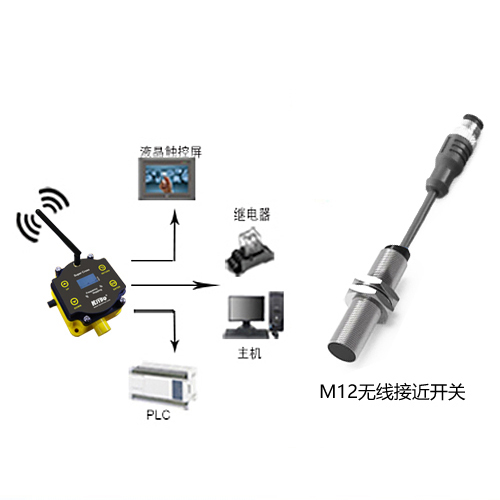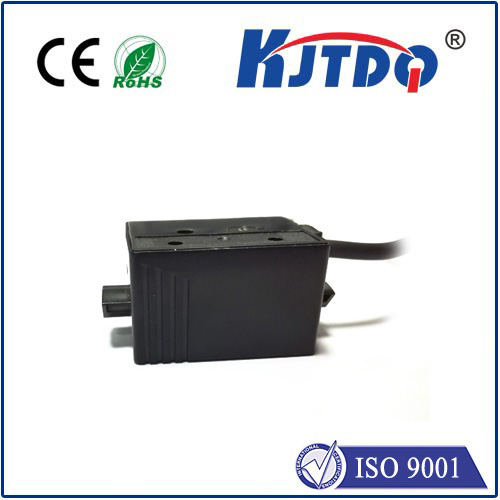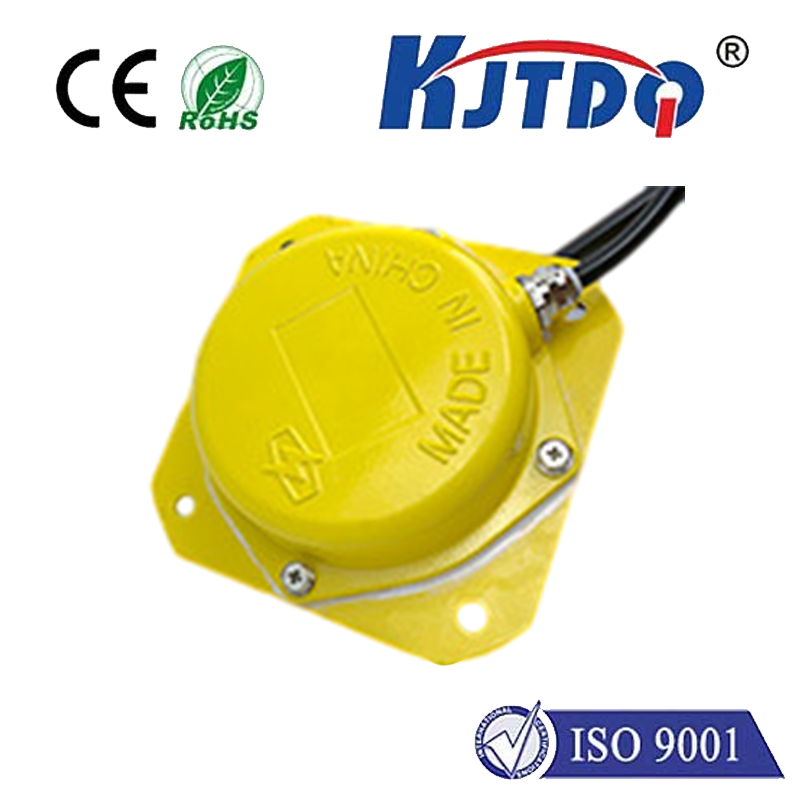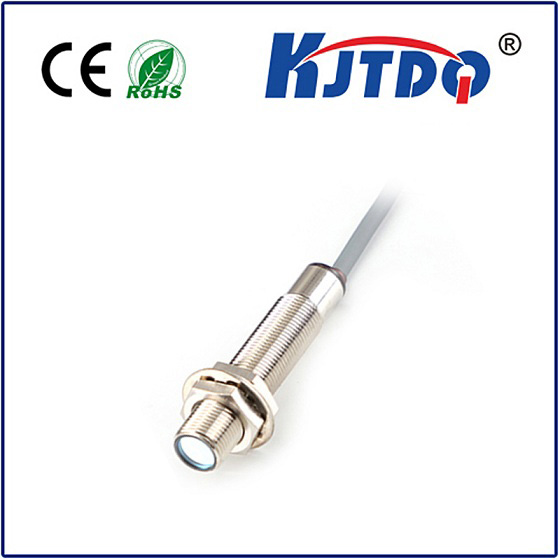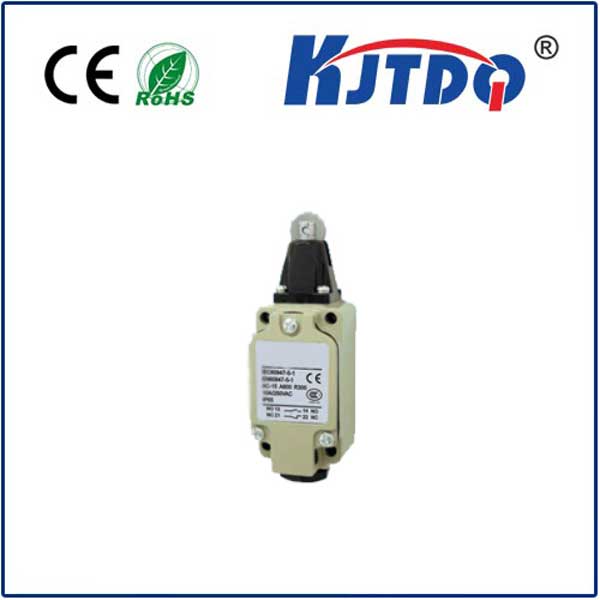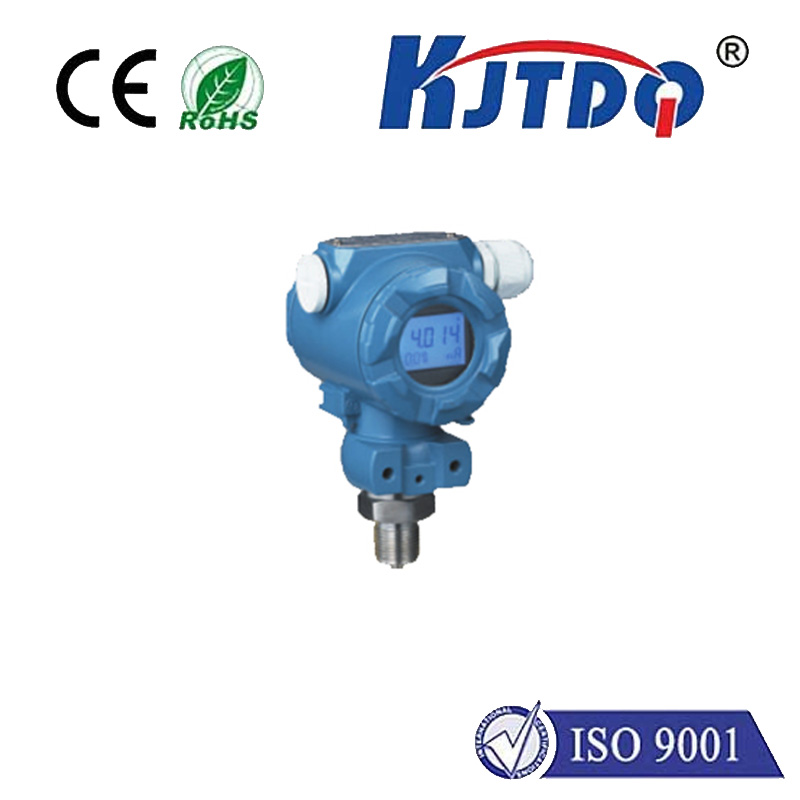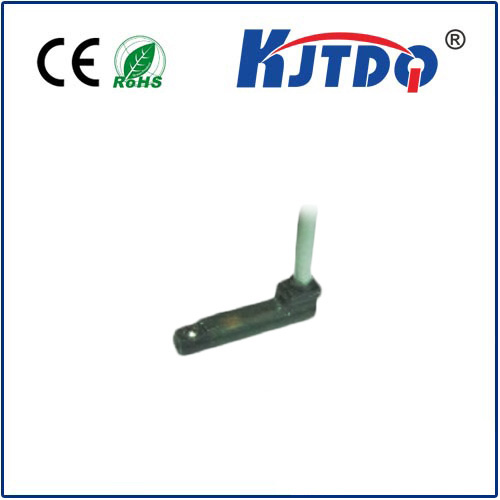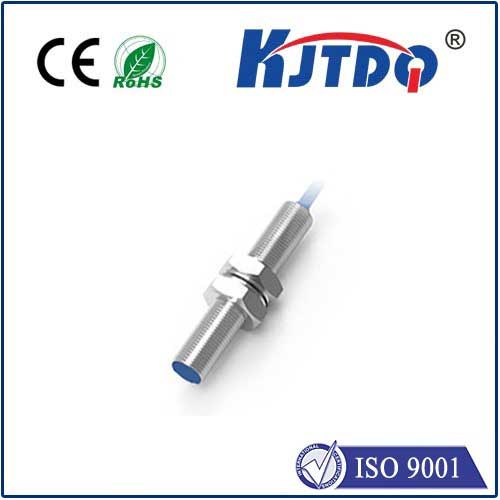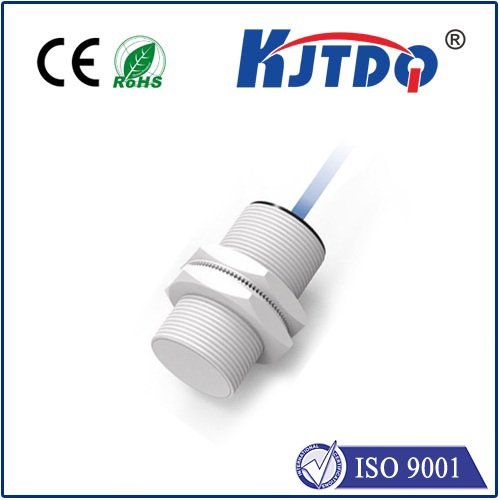

check

check

check

check

check

check

check

check

check

check
Title: Harnessing the Power of Infrared Body Temperature Sensors for a Safer World
In these uncertain times, ensuring the safety and well-being of people has become a top priority. One technology that has emerged as a crucial tool in this endeavor is the infrared body temperature sensor. This innovative device has the potential to revolutionize the way we detect and prevent the spread of infectious diseases, making it an essential component of any public health infrastructure. In this article, we will delve deeper into the capabilities and applications of infrared body temperature sensors and their role in creating a safer world.
Section 1: The Science Behind Infrared Body Temperature Sensors
Infrared body temperature sensors work by measuring the amount of infrared radiation emitted by the skin's surface. When a person approaches an infrared sensor, it emits a beam of infrared light towards the skin. The skin's warmth absorbs some of the infrared energy, while the rest is absorbed by the body's tissue. The sensor then measures the intensity of the infrared radiation that is reflected back, which can be used to calculate the person's body temperature.

These sensors are non-contact, meaning they do not require physical contact with the person being measured. They are also highly accurate, with typical error rates ranging from less than 1°C. This makes them ideal for use in a variety of settings, including airports, hospitals, and other public spaces where large numbers of people need to be screened for fever.
Section 2: Applications of Infrared Body Temperature Sensors
One of the primary uses of infrared body temperature sensors is in the detection and prevention of infectious diseases such as COVID-19. By quickly and accurately detecting elevated body temperatures, these sensors can help identify individuals who may be experiencing symptoms of illness before they have a chance to spread it to others. This can significantly reduce the spread of viruses and bacteria, protecting both individual patients and public health populations.
In addition to their application in disease detection, infrared body temperature sensors are also being used in other industries such as agriculture, construction, and manufacturing. By monitoring the body temperature of workers in high-risk environments, such as those working with hazardous materials or operating heavy machinery, these sensors can help ensure their safety and prevent accidents.
Section 3: Challenges and Future Prospects
While infrared body temperature sensors have proven to be highly effective in preventing the spread of infectious diseases and ensuring worker safety, there are still some challenges that must be addressed. One of the main challenges is ensuring that these sensors are easy to use and reliable. This involves developing user-friendly interface designs and ensuring that the sensors are accurate and consistent across different types of equipment.
Another challenge is cost. At present, infrared body temperature sensors can be relatively expensive compared to traditional thermometers. However, as demand for these devices increases and production becomes more widespread, costs are likely to come down. This will make them more accessible to a wider range of industries and populations.
Conclusion
In summary, infrared body temperature sensors have the potential to play a significant role in creating a safer world by detecting and preventing the spread of infectious diseases and ensuring worker safety in high-risk environments. While there are still some challenges that must be addressed, ongoing research and development promise to improve these devices and make them more widely available in the future. As we continue to confront the challenges posed by global health crises, it is clear that infrared body temperature sensors will remain an essential tool in our efforts to protect public health and safety.
